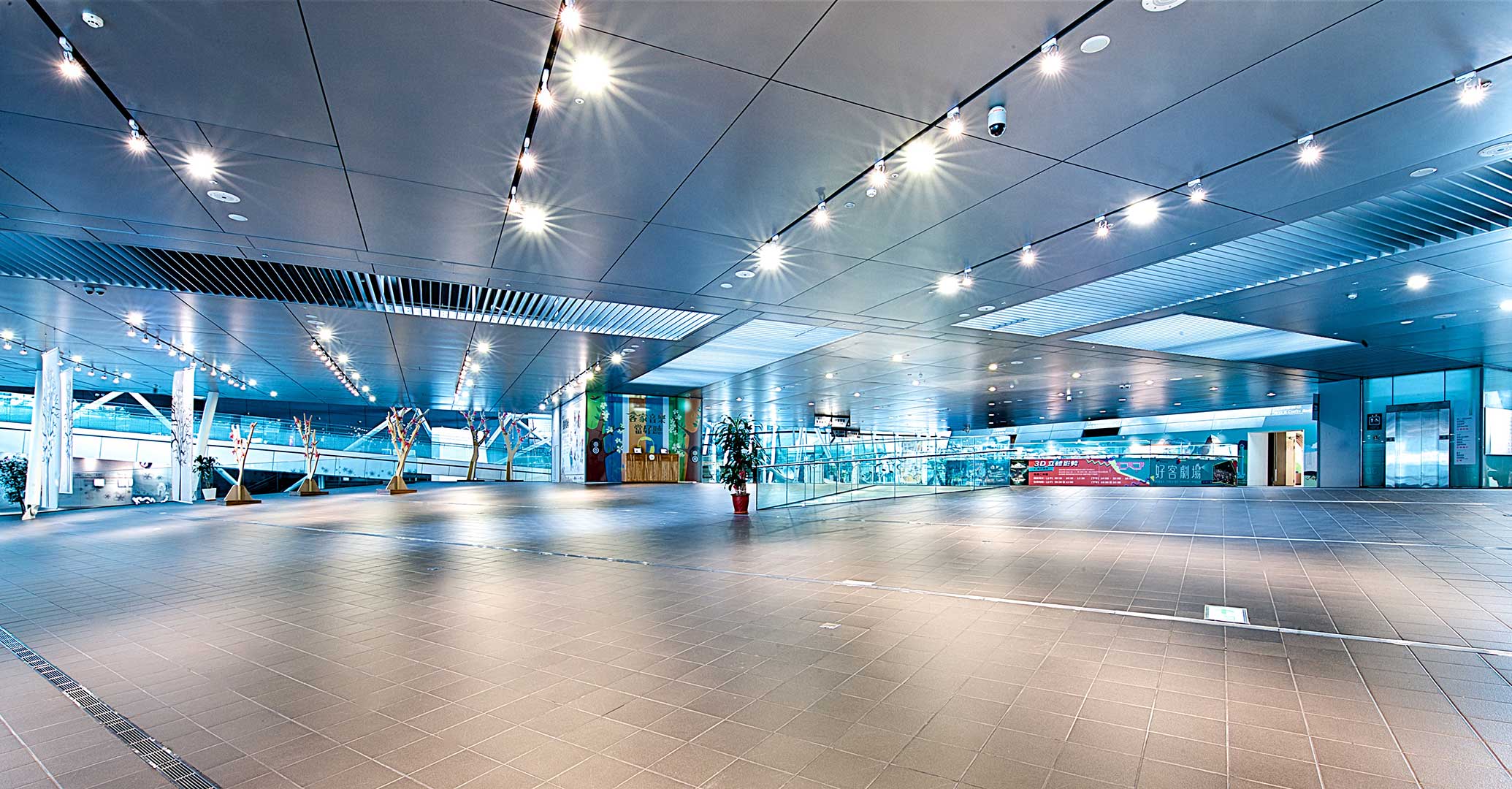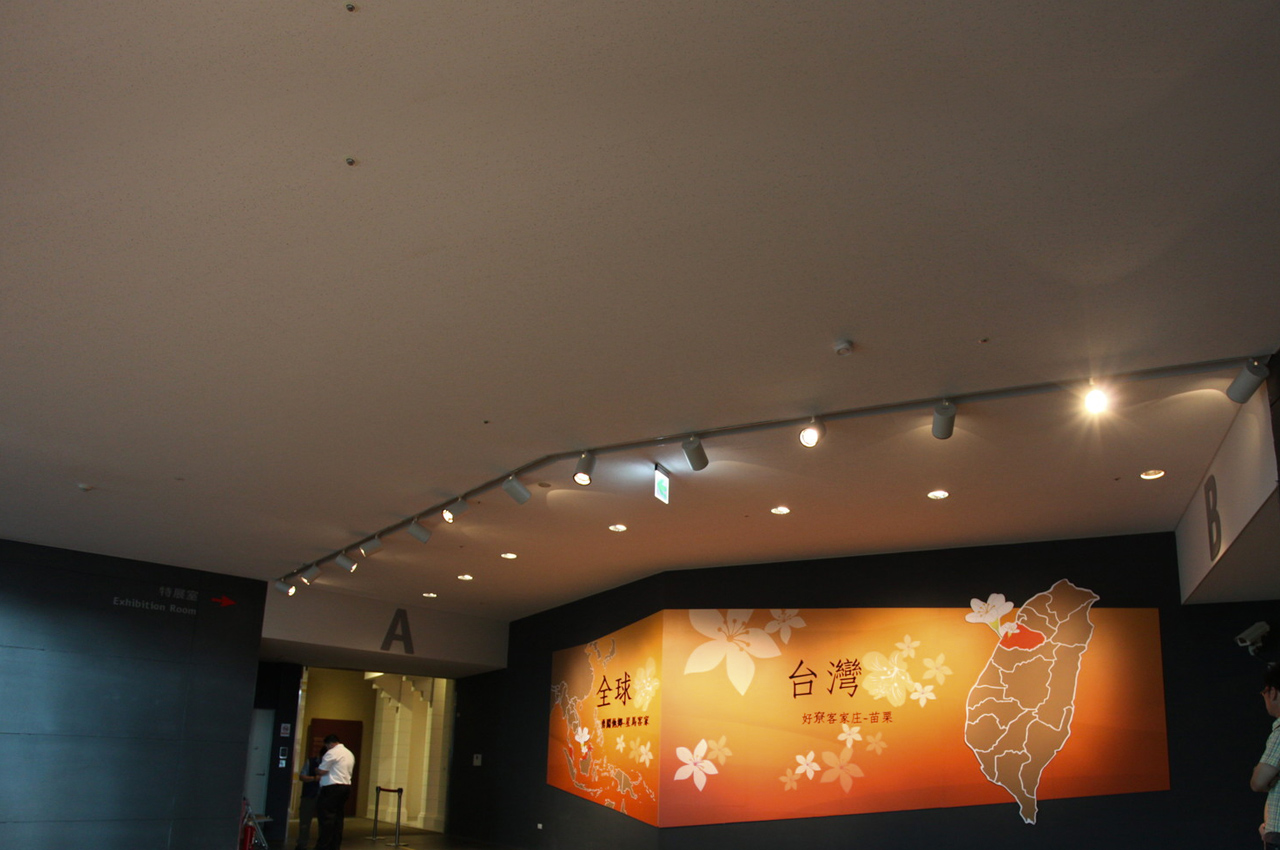Introduction
Introduction of Taiwan Hakka Museum
Architectural Features | Interior Space Configuration | Traffical | Intergrated Information
Origin of the Museum
Understanding and appreciating Hakka culture has always been at the core of Hakka-related issues, thus embracing Taiwan’s multicultural identity. Through the efforts of civil organizations and the Hakka Affairs Council, Hakka groups are now treated with respect by people from all walks of life. As a result, Hakka affairs have gradually extended to address such public issues as creating a better living environment and preserving cultural heritage. Taiwan Hakka Museum in the north and Liudui Hakka Cultural Park in the south are the Hakka Affairs Council’s national development projects in Tungluo, Miaoli (North) and Neipu, Pingtung (South) to preserve northern and southern Hakka culture in Taiwan by showcasing their rich history and value.
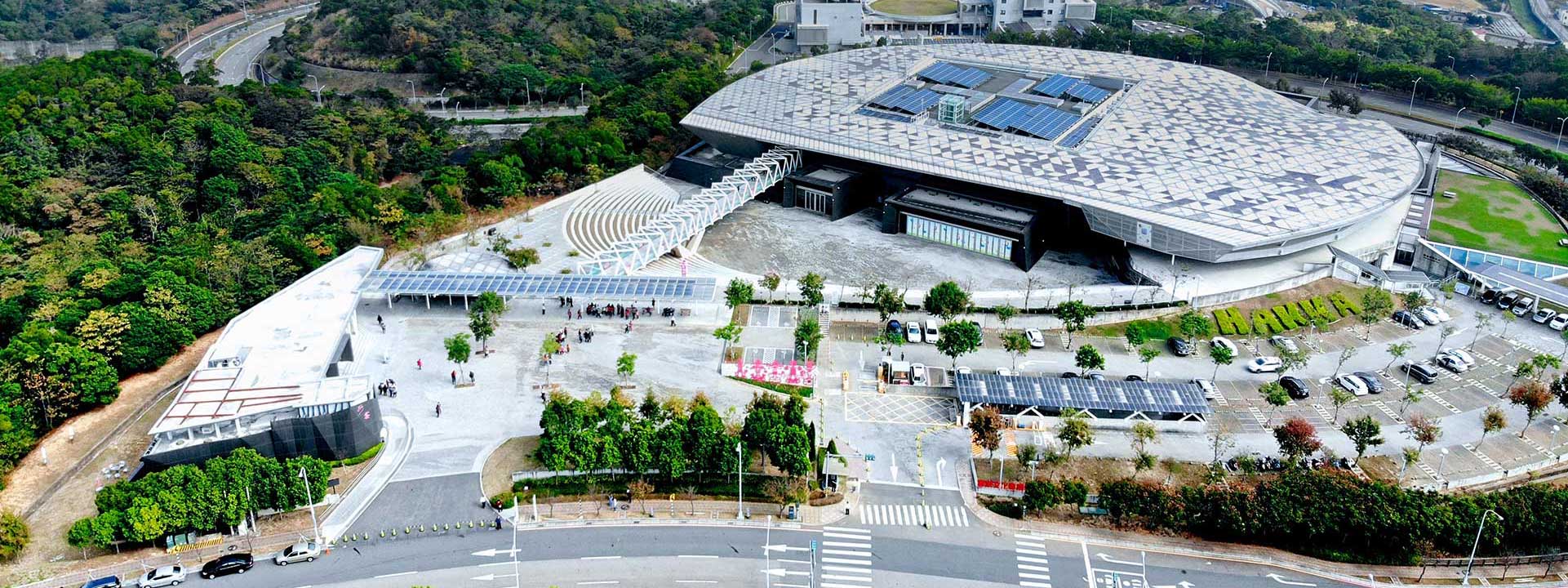
Located in Tungluo Science Park, Taiwan Hakka Museum officially opened to the public on May 12, 2012. With an area of 11.32 hectares, the Museum is recognized as a global Hakka center of cultural exchange and industrial research with a focus on cultural preservation and a tourism platform that educates people about Hakka culture and gives them the opportunity to experience the life in a traditional Hakka village. The Museum’s mission is to demonstrate “The elegance of the Hakka community in Taiwan to the world” through extensive and wonderful experiences related to Hakka culture.
Architectural Features
The design concept of the Museum building is based on “landscape architecture” and reflects the traditional Hakka culture’s respect for nature by maintaining the native vegetation and blending Hakka spirit into the beautiful natural environment. The independent yet cohesive interior space and courtyards allow people to enjoy Hakka culture in a fluid circulation line and changing natural light. Hakka patterns can be found in the main building’s abstract terracing shape, landscaping and even the floors. This new and modern building environment awakens visitors’ impression of traditional Hakka culture with new surprises and feelings.
The design of the Museum is based on low-density and low-intensity development and incorporates the seven principles of Hakka culture; respecting the environment, blending into the natural scenery, making optimal use of local resources, emphasizing family, conforming to the changing times, preservation of the Hakka spirit, and active design to reflect the lifestyle of farming on sunny days and reading inside when it rains. The Museum has been fitted with energy saving and carbon reduction devices, such as roof curtains that are specially designed to reduce heat radiation, energy-saving air-conditioners and a rainwater recycling system that represents both the Hakka respect for the natural landscape and the Museum’s focus on using local resources. The Museum has received golden level "Green Building Certification" for all of the nine green building indicators.
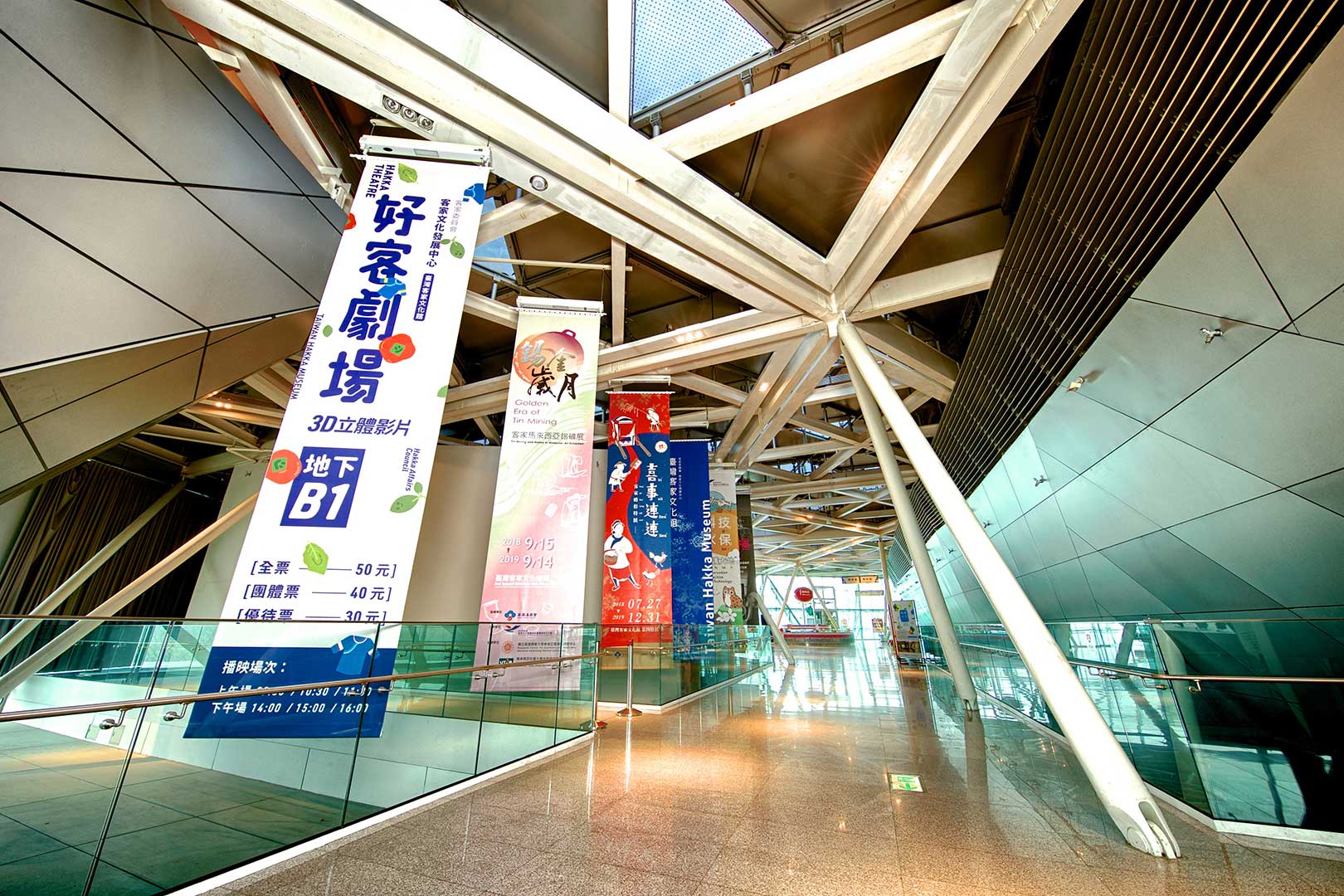
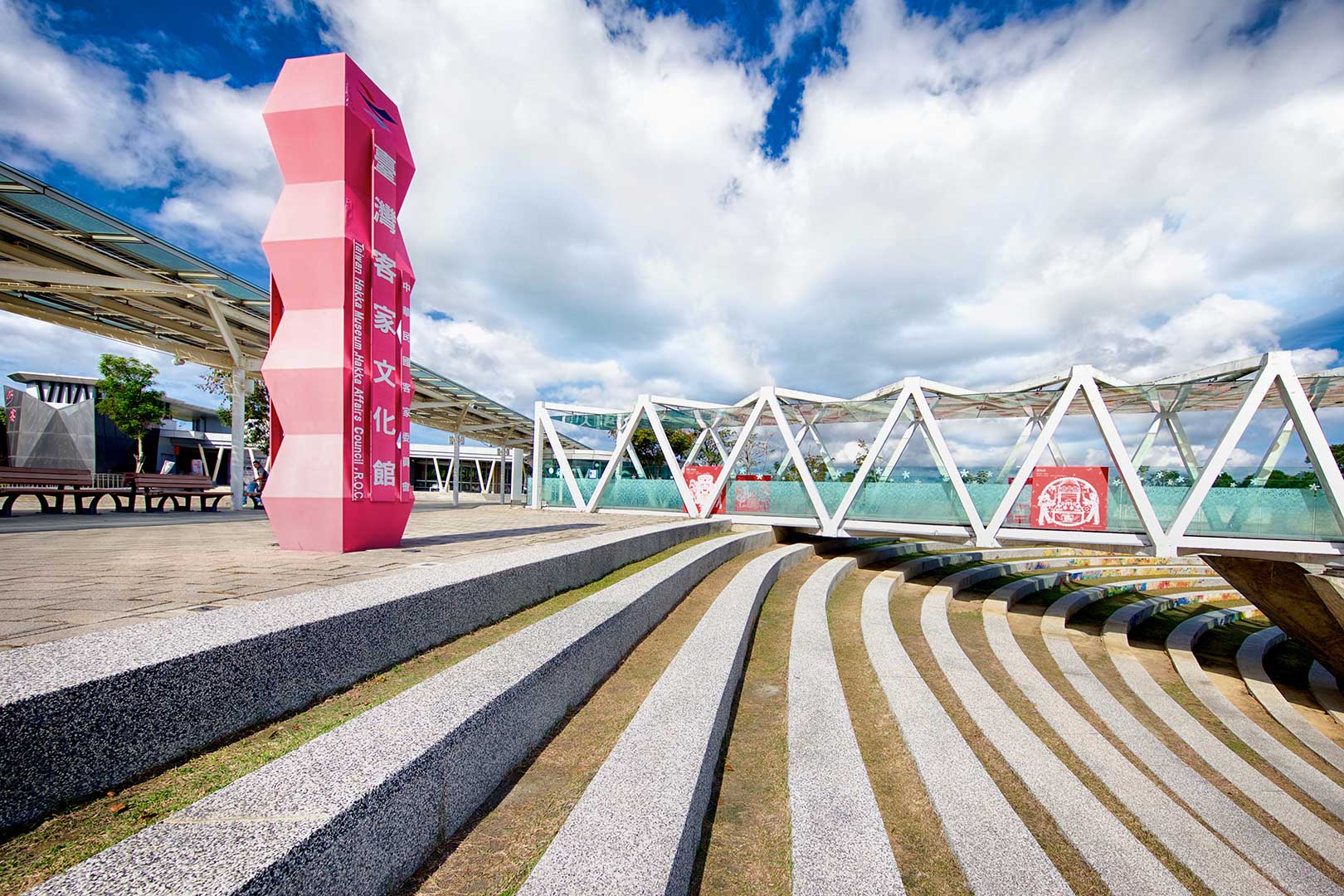
Interior Space Configuration
Indoor
Permanent Exhibition Gallery
The Age of Discovery in the 15th and 16th centuries created a new wave of immigration worldwide. The Hakka people in the Central Plains of China moved east to Taiwan due to political and economic factors. Since their migration centuries ago, they have put down roots in Taiwan and this combination of Hakka culture in a Taiwan setting has given rise to richly diverse Taiwan Hakka culture! The Permanent Exhibition Hall introduces the distinctive features of Hakka culture for the first time, including language, architecture, industry, craftsmanship, music and cuisine, through exciting audio-visual and multimedia interactive display presentations!
Artistic Gallery (Hakka Window)
Starting with the concept of a “window”, the gallery presents the memorable moments of a Hakka village with multiple angles. Walking into this gallery extends your appreciation of the artworks to the people and life in a Hakka village. Looking either inside or outside from the window, the visitor easily captures the Hakka impression and learn about its rich culture.
Library and Information Center
The service area is divided into reading section, Chinese information section, English information section, computer search section, journal section, study carrels, discussion rooms, publication and literature display section, audio-visual section and individual carrels, newspaper section, and coin lockers etc.
Library Search System: http://webpaclib.thcdc.hakka.gov.tw
Exhibition Gallery 1
This gallery features "heritage and innovation". The Hakka group has its own unique social background and local features grown out of generations of immigration life. Such features are embedded in the traditional folk art handicrafts that are closely related to our daily life. Materials are an important symbol of human culture. This exhibition shows the evolution of Hakka industry and handicrafts through comparing traditional and modern items. The inheritance of the craftsmanship, cultural meaning and aesthetic standards help the visitors appreciate the creativity and richness of Hakka culture.
Exhibition Gallery 2
This gallery presents “Global Hakka”. Since the second half of the 16th century Hakka people have emigrated from mainland China to different places around the world. In the collective memory and localization process of the Hakka group, they have preserved the original Hakka language, beliefs, customs and culinary culture while taking in the local features. With Taiwan in the center, this exhibition showcases the various lifestyles of Hakka immigrants developed from their interactions with local people in Japan, the United States, Europe, and Southeast Asia.
Exhibition Gallery 3
“Happy Visit to a Hakka Village” presents the Hakka festivals and activities through interactive media, so that children and families can have wonderful memories. The space is divided into the kitchen experience section, Hakka Dragon VR Pavilion, living with the land section and the weather adaptation section, this exhibition integrates the “Fairytale Secret Garden” to interactive installations that visitors can further explore the Hakka culture.
Exhibition Gallery 4
This gallery presents “Hakka in Taiwan and its Diversity”. At the end of the Ming dynasty and the beginning of the Qing dynasty, Hakka immigrants came from mainland China to Taiwan and reached its peak during the Qianlong period. The Hakka culture emerged as a result of their interactions with the other groups and conforming to the geography, weather and local customs in Taiwan. This exhibition presents the spirit, aesthetics, beliefs and customs of the Hakka group and the unique cultural symbols of the other groups to highlight Hakka values and humanitarian concerns.
Exhibition Gallery 5
This gallery presents Hakka fine arts, craftsmanship and lifestyles. Due to regional differences and everyday necessity, Hakka people have developed a variety of industries, arts and crafts and matching lifestyles. Practicality was the major theme in early days. Through technical advancement and adding design and style, these items are now recreated based on the sense of beauty. The exhibition features Hakka aesthetics and arts through display of artworks and handicraft items.
Hakka Theatre
Equipped with multimedia audio-visual facilities, the theatre is a multi-purpose venue for art events, performances and conferences. It is available for use by the Museum and other organizations. In addition, it has a 3D cinema system and 4K digital theater facility, a high-gain metal screen with cinema aspect ratio, a surround sound system, etc. The theatre will continue to play 2D videos of Hakka culture and add 3D animations or films produced in Taiwan and abroad seasonally.
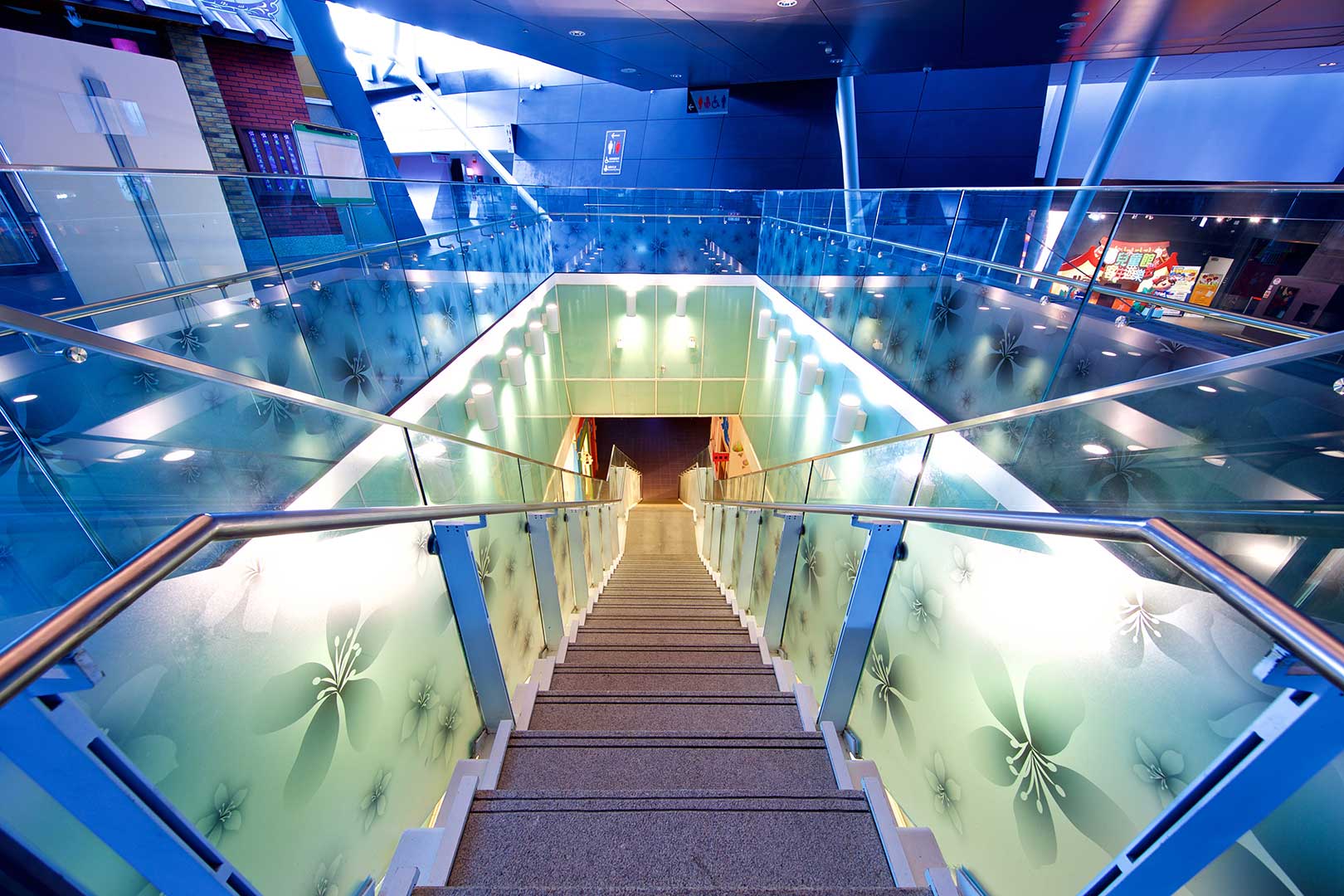
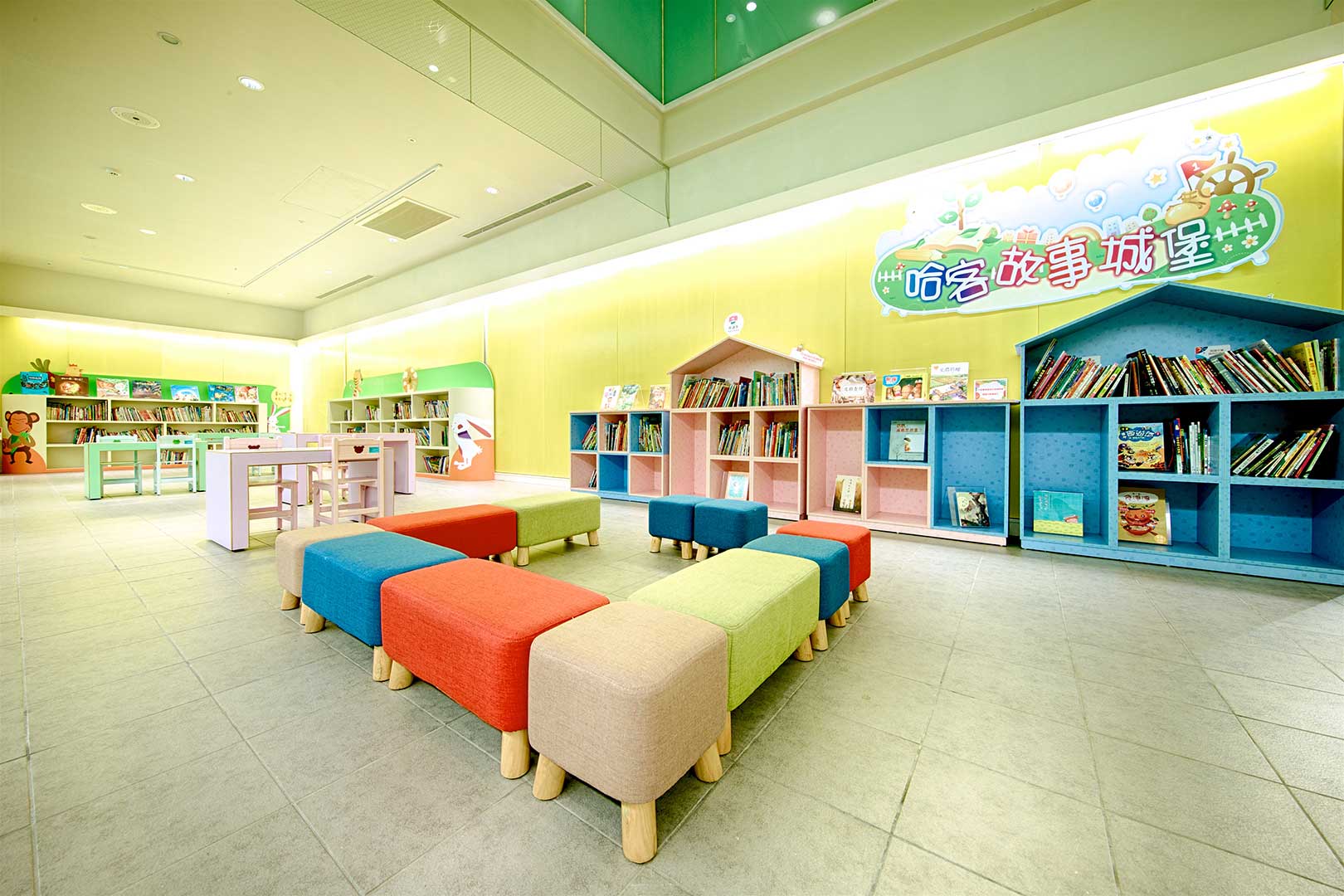

Outdoor
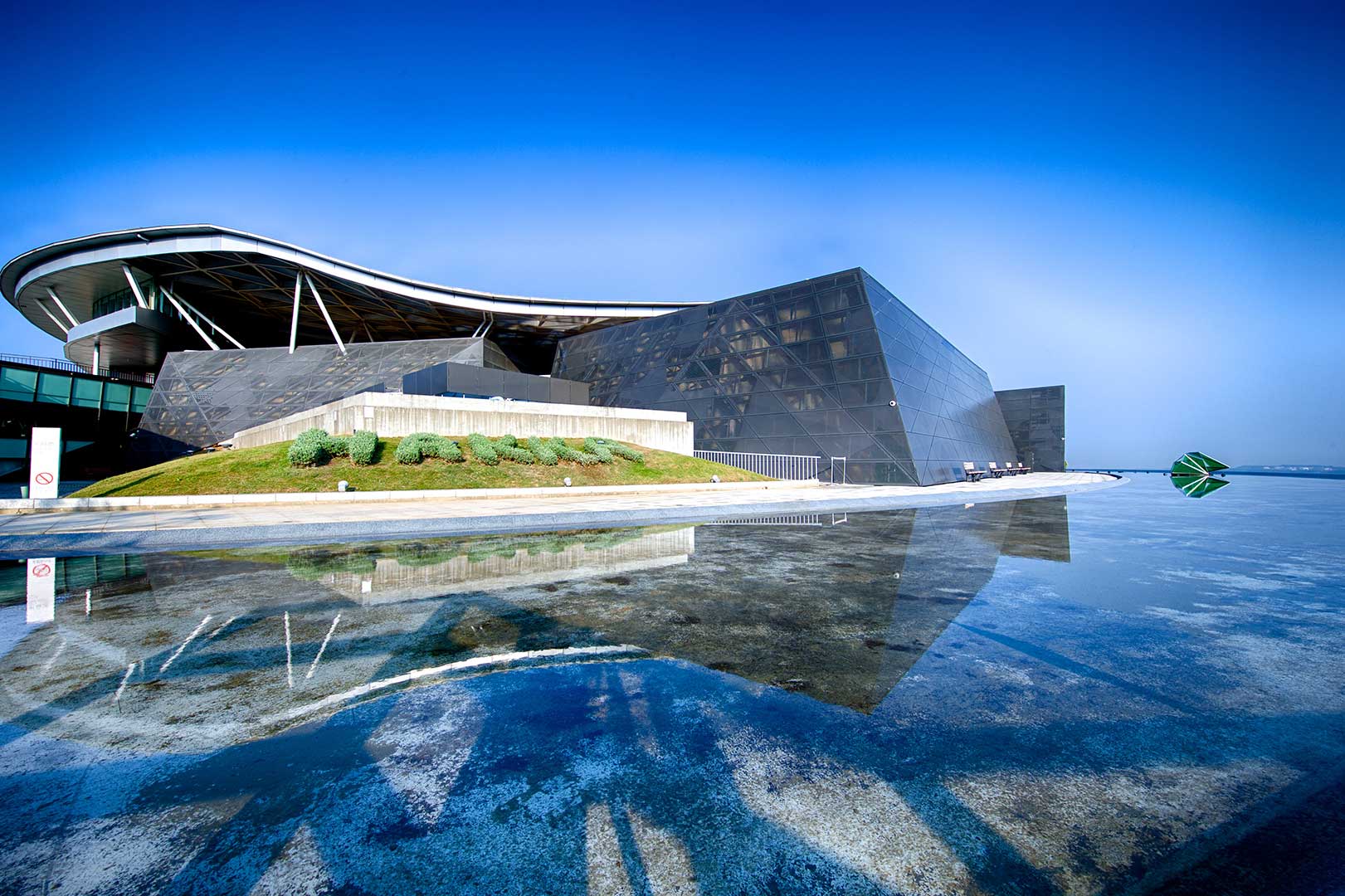
Hakka Hospitality Garden
This garden preserves the typical tree species in hilly Hakka villages of central and northern parts of Taiwan. It is laced with pebble walkways, wooden paths and viewing platforms. A stroll in the garden opens your eyes to the beautiful Tung blossoms like falling snow and the quiet paths of a traditional Hakka village relieve your stress. The garden is full of Tung trees (mostly Aleurites Montana and Aleurites fordii), Acacia trees and Chinaberries, all of which are commonly seen in traditional Hakka villages. In addition, Fragrant Maple and Formosan Ash are also planted here along with a variety of nectar plants, such as Blood-flower Milkweed, Sweet Osmanthus, Kusukusu Eupatorium, Chinese Lobelia, etc. Moreover, an ecological clay pot area is set up to provide biological habitats for butterflies and frogs and other species to increase ecological diversity.
Hakka Walker
Located next to the outdoor overpass at the Museum’s entrance, the newly constructed building serves multiple functions such as the HAKKA TAIWAN platform to exhibit and sell featured Hakka products. There is a counter to provide souvenirs and a place for leisure and Hakka specialty foods. The Hakka Walker aims to provide better and diversified services.
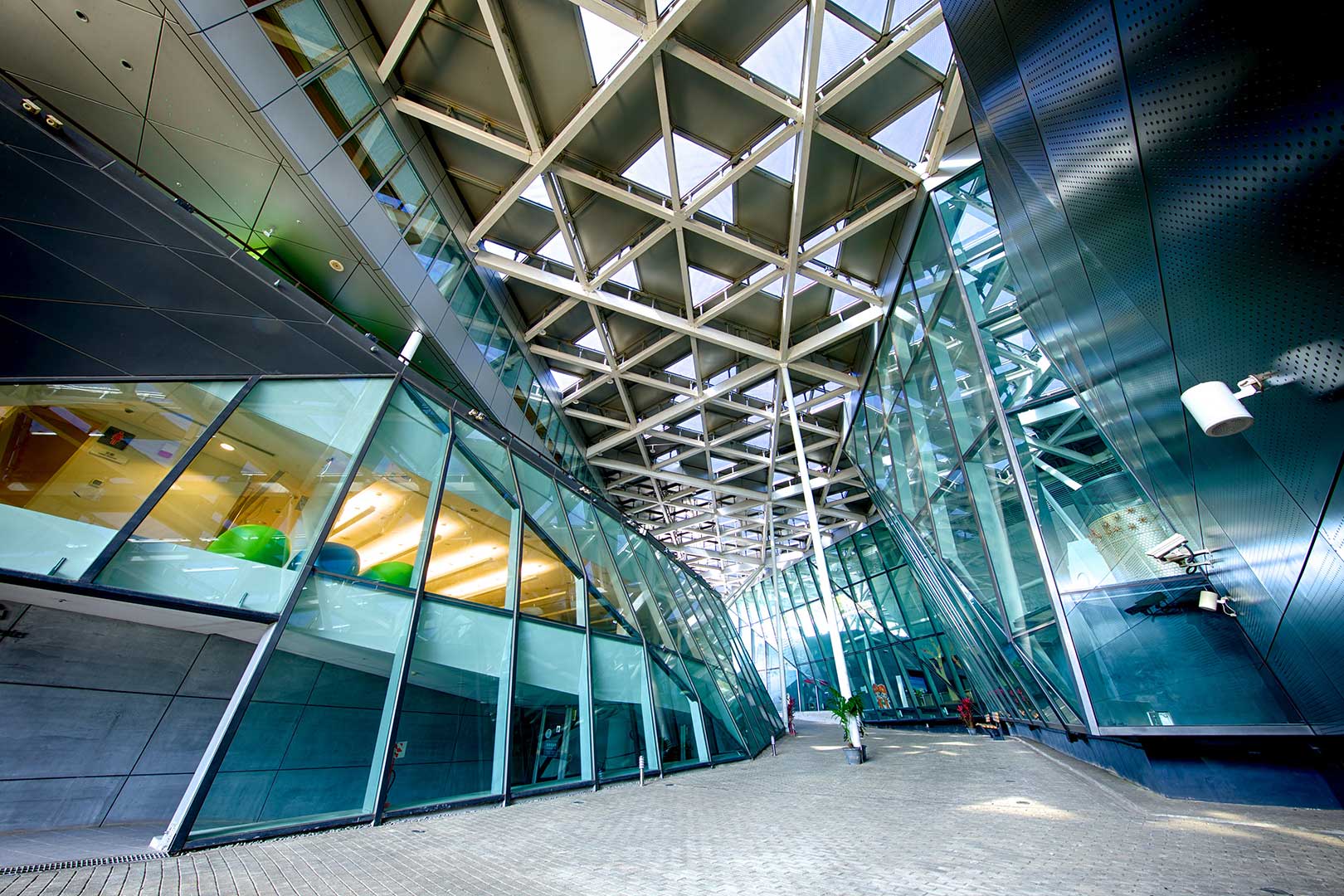
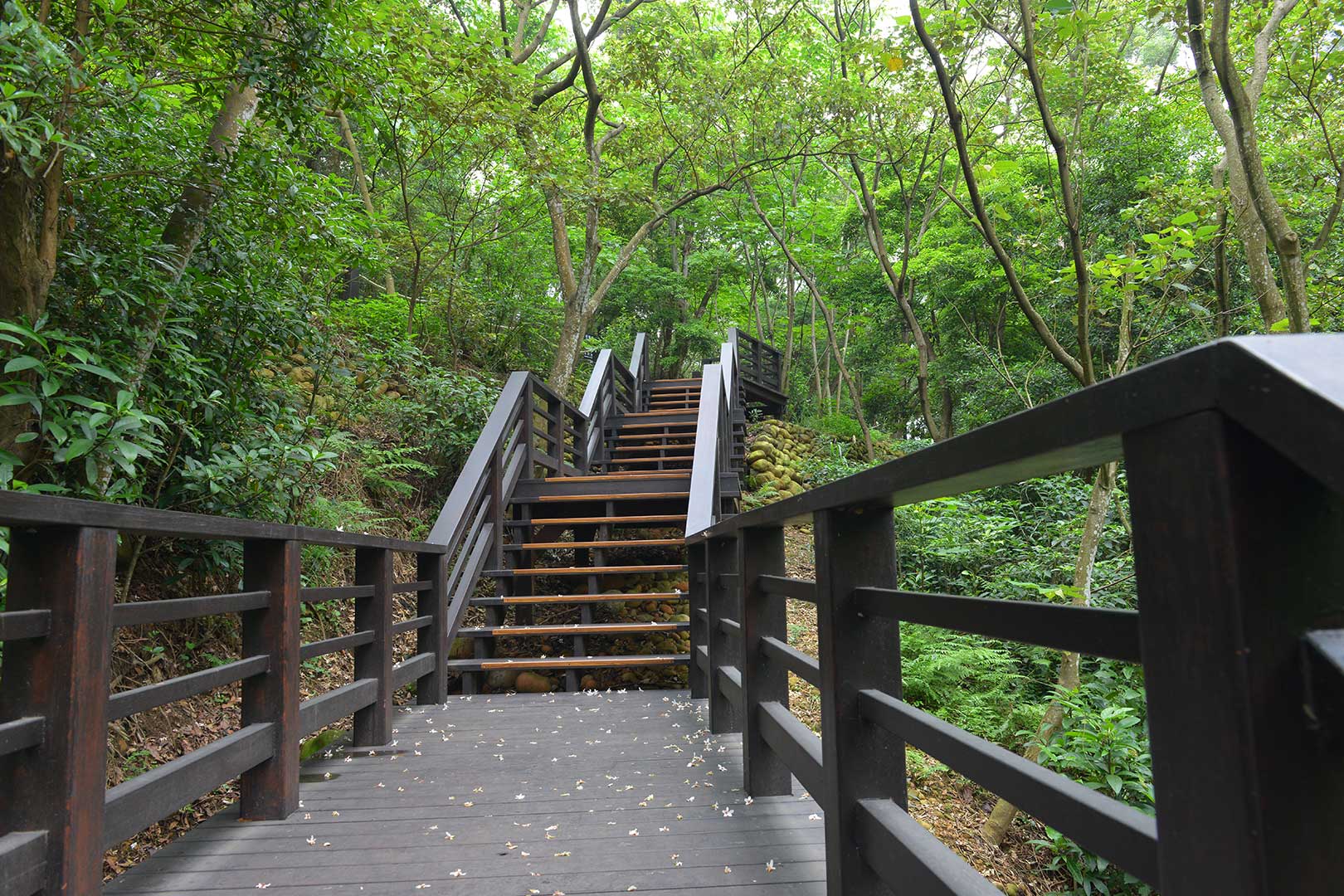
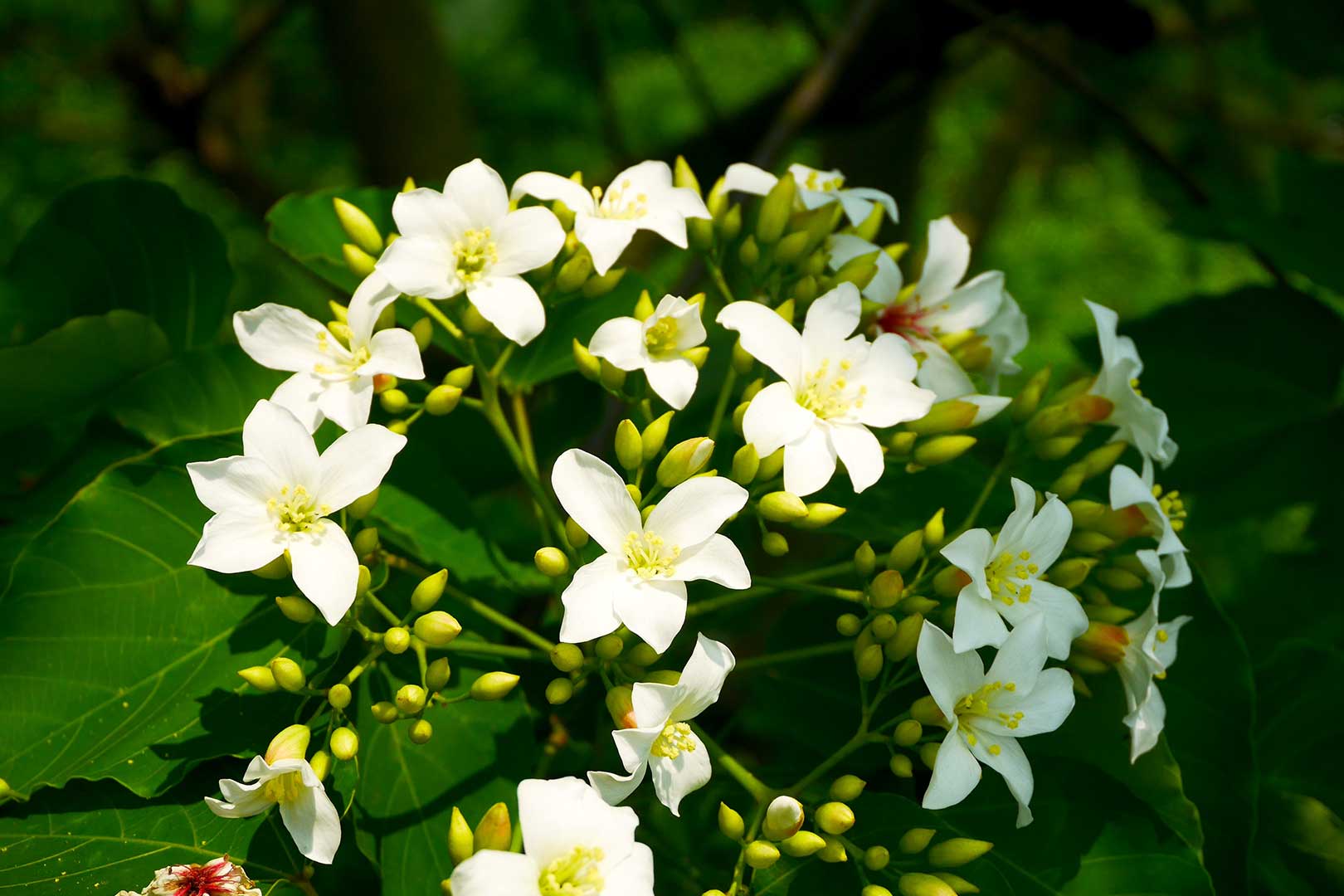
Traffical
Driving
- Freeway No.1 (Sun Yat-sen Freewa):
- Freeway No.3 (Formosa Freeway):
Parking
Museum Paid Parking Lot: Car / 122 ($50 NTD/time)
Handicapped Parking Lot: Car / 4 (Free)
Tongke 1st Road Free parking Lot: Bus / 20 (Free); Car / 24 (Free)
Learn more: Traffic Information
Intergrated Information
Opening:
9:00-17:00 (last admission: 16:50 )
Closed:
Every Tuesdays, Chinese Lunar New Year’s Eve, specific dates as announced by the government for natural disasters and dates for maintenance.
Address:
No.6, Tongke S. Rd., Tongluo Township, Miaoli County 366, Taiwan (R.O.C.)
Contact:
(Tel)+886-37-985558 (Fax) +886-37-985991
Other service
Museum Tour
Inf: Online booking
Extension: 732
Hakka 3D Thearter Tickit
Operation on Monday to Friday, Extension 737, 609, 606
Venue Rental: Online booking
Please do not smoke, eat, drink or run.
Please keep your voice down.
Please do not bring your pets (except guide dogs).
Please do not use flash light to take pictures in the Museum.
